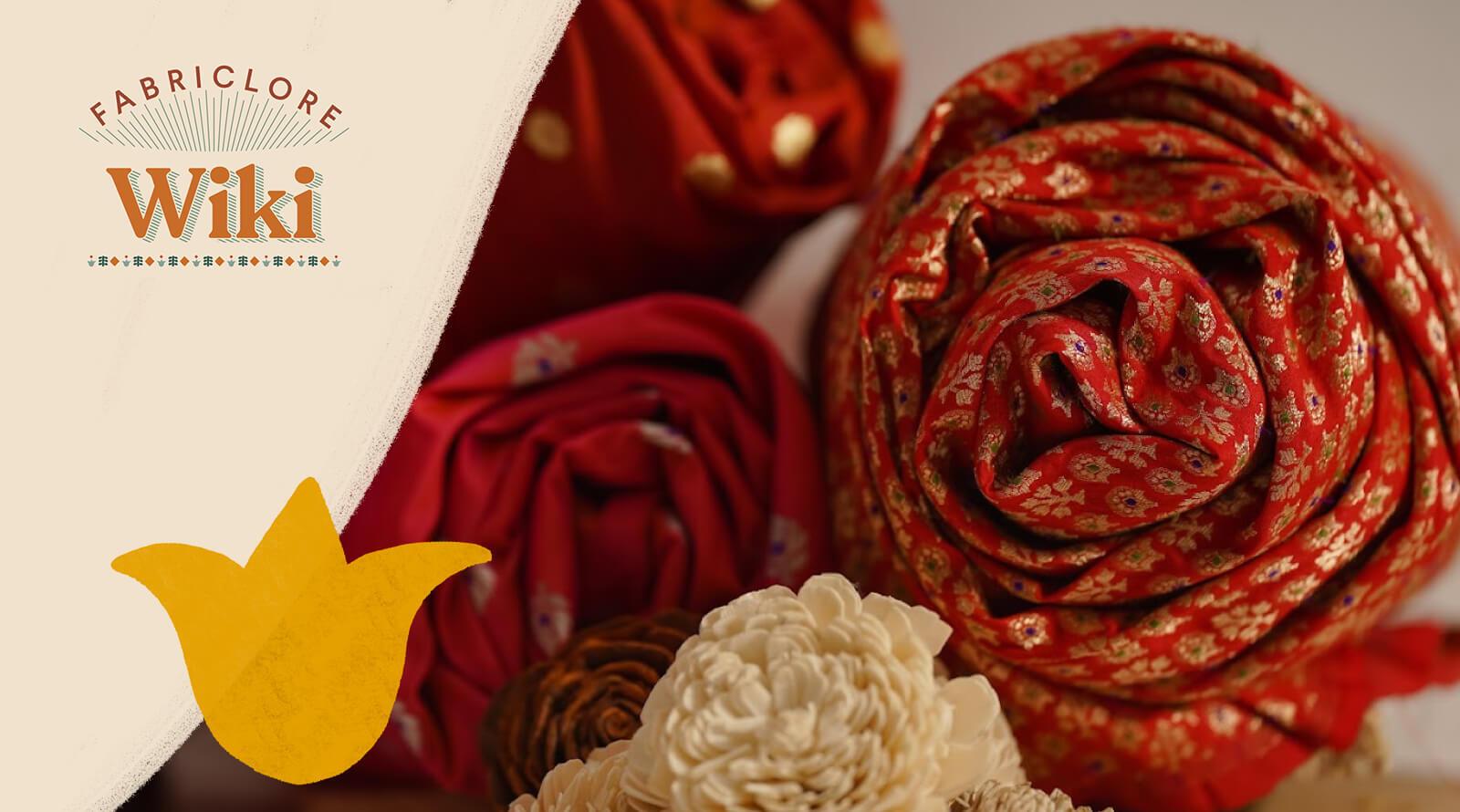What is Raw Silk?
- Raw silk fabric is also known as “Sericin”. It is a smooth and delicate form of fabric that can easily be woven into different types of fabric.
- It is a type of silk fabric only with a nubby texture.
- This is due to the uneven yarns which are a part of its weaving process.
- Raw silk can be found in various textures and weights.
- The shorter fibers of raw silk are gathered either from waste silk or broken cocoons that are left unreeling during the process of yarning.
- Raw silk comprises all the qualities similar to silk except sheen.
- The famous places for the production of raw silk are Bhagalpur and Pochampally.

History
- As per the Tales of Indian history, the roots of raw silk fabric traces back to the Indus Valley Civilization.
- However, the essence of raw silk can be seen during 2570 BC in China, along with several Asian nations that traced the discovery of this distinct fabric.
- This civilization has majorly invested a lot of effort in harvesting silk cocoons and trading them in huge quantities.

What Makes it Stand Out
|
Breathability |
Raw silk is a lightweight and breathable fabric, that is, it can protect from overheating. |
|
Elasticity |
It is flexible and does not lose its shape as it can pull itself back after stretching. |
|
Lustrous |
Raw silk is made from lustrous material resulting in a shiny appearance. |
Application & Usage
|
Clothing |
Crop-tops, Trousers, etc. |
|
Accessories |
Neckties, scarves, bags, etc. |
|
Home-Furnishing |
Cushion cover, curtains, table cover, etc. |
New Age Innovations
- Presently, India is the 2nd- largest producer of raw silk after China.
- More than 97% of states in India manufacture silk, including Bhagalpur and Pochampally.
- Even at present times, this fiber is elegantly dyed and woven with hands by using intrinsic silver threads entwined within the fabric.

Care Instructions
- Do not keep the fabric under direct sunlight.
- Avoid getting any stain, as cleaning the stain will damage the fabric.
- Always wash the fabric in cold water with your hands rather than in a machine.
- Do not wring the fabric.
- Use detergent that does not have bleach.





